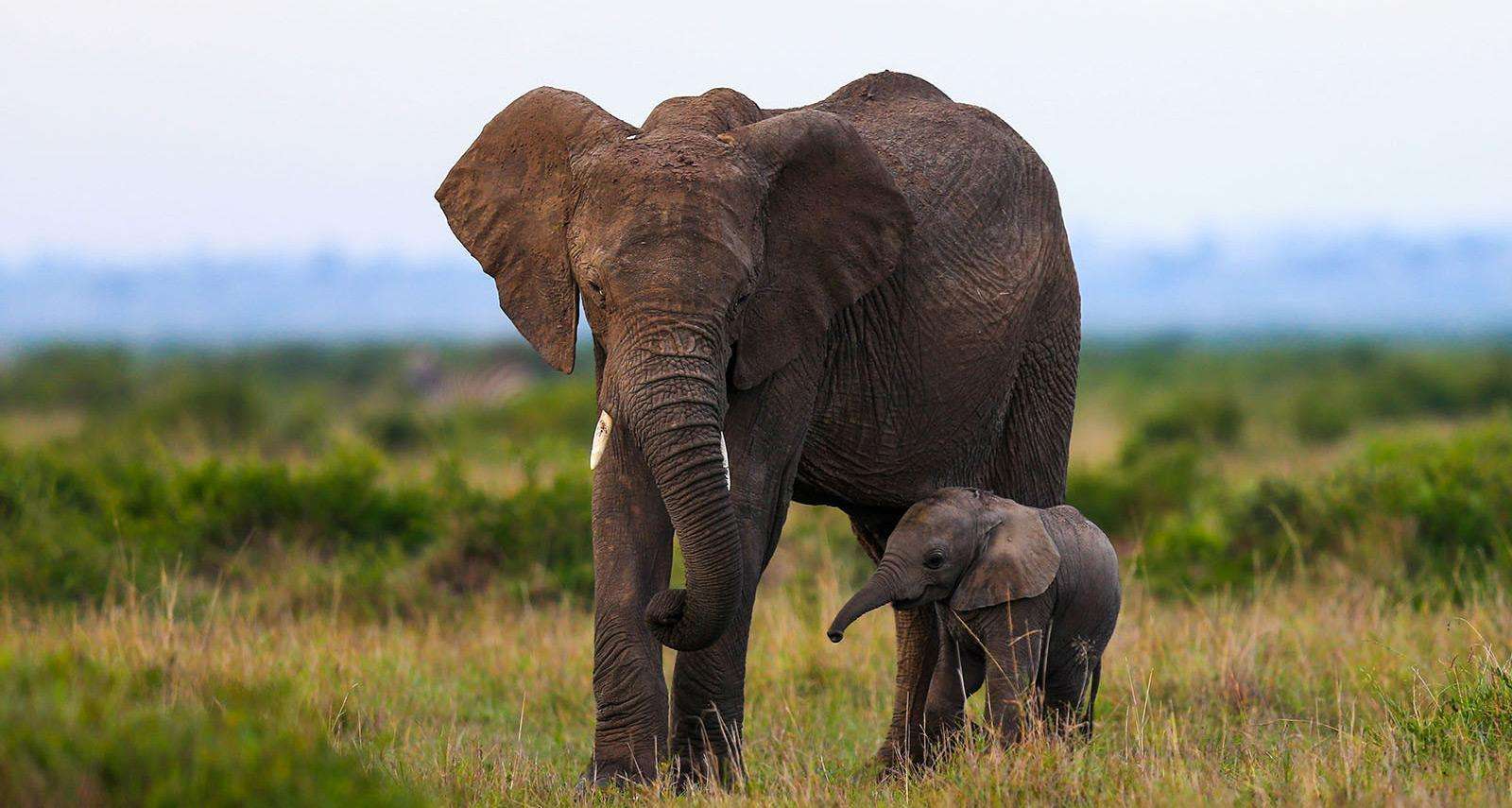
1、African elephant
African elephants are the largest land mammals, and males and females are dimorphic (both sexes differ in shape or physical characteristics). An adult African male elephant is taller than 3.5 meters, and can reach up to 4.1 meters. Weighing approximately 2.7 to 6 tons, females are smaller than males, with the heaviest recorded being 13.5 tons. They can live in a variety of natural environments from sea level to 5,000 meters above sea level, including forests, open grasslands, grasslands, thorn bushes and semi-arid jungles.
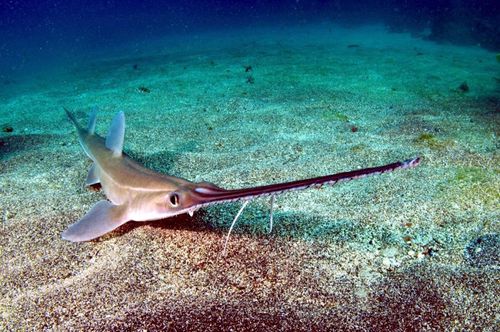
2、Sawfishidae
Sawfishes are cartilaginous fish with a body length of 5.4-7.6 meters, a maximum length of 9 meters, and a weight of more than 500 kilograms. The upper lip gradually becomes flat and elongated, with 21-35 pairs of sharp snout teeth growing on both sides. Its "saw" can be up to 2 meters long and 30 centimeters wide. The snout is flat and narrow, with a protruding sword-like shape. There are hard snout teeth on the edge, no nasal groove, and 5 gill pores. It is located ventrally on the inside of the base of the pectoral fin. They have 2 dorsal fins without hard spines; the front edge of their pectoral fins extends to the back of their heads; their tails are thick and their caudal fins are well developed; their odd and even fins are radial. The cartilage posterior end has many horny fins.

3、Siberian tiger
The Siberian tiger is an animal of the cat family and genus Leopard. It is one of the subspecies of tiger. It is the heaviest cat. The average weight of an adult male Siberian tiger is 250 kilograms, with a head and body length of about 2.3 meters. The average weight of an adult female tiger is about 170 kilograms, a body length of about 2 meters, a shoulder height of about 1.1 meters, and a tail length of about 1.1 meters. About 1.3 meters long. The maximum body length can reach 2.9 meters (including tail length).
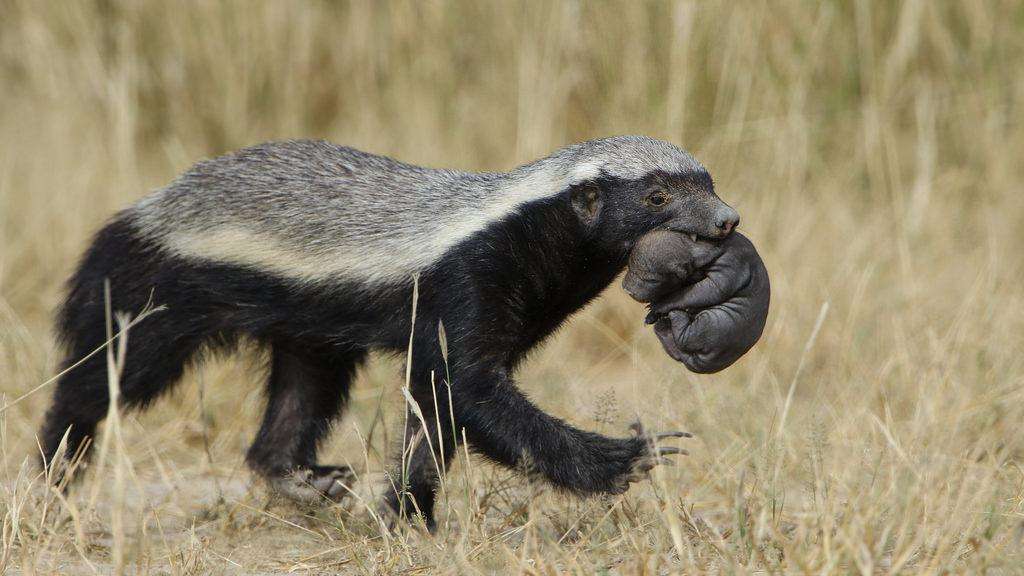
4、Honey badger
The honey badger is the only animal in the mustelidae family and the genus honey badger. The size difference between the male and female is very large. The weight of the male is sometimes twice that of the female. The average body length of males is 98 cm, the average body length of females is 91 cm, the shoulder height of males is 39 cm, and the shoulder height of females is 35 cm. The weight of males is 9-14 kg, and the weight of females is 5-10 kg. The body is thick, the head is broad, the eyes are small, the ears are invisible, and the nose is blunt. The honey badger has a body as thick as a badger, with strong claws that can destroy beehives. Its thick skin and rough hair can resist attacks by bees. It is named because it likes to eat bee larvae and pupae.
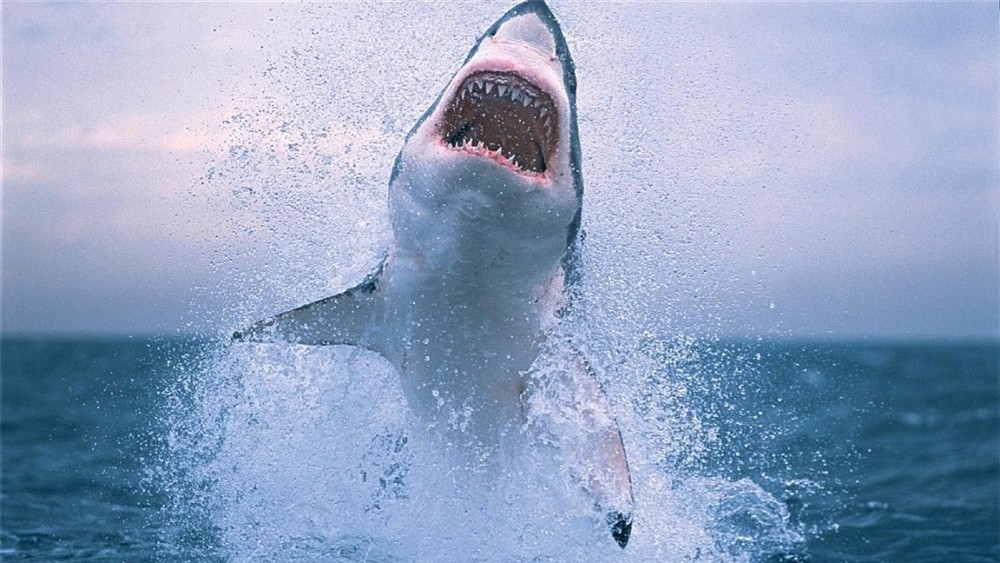
5、Killer Whale
Killer whales are the largest species in the Mammalia and Delphinidae families. The head is conical and has no protruding beak. There is clear sexual dimorphism in body size, flipper size and dorsal fin height. The large and towering dorsal fin is located in the center of the back. The dorsal fin of the male adult is upright and can reach a height of 1.0-1.8 meters. The dorsal fin of the female is obviously sickle-shaped and is less than 1 meter high. The pectoral fins are large, broad, and roughly round. The upper and lower jaws each have 10-14 pairs of large, sharp teeth. The body color pattern of the killer whale is mainly composed of two contrasting colors: black and white. The white area located on the ventral surface of the body extends from the lower jaw to the tail, becomes narrow between the completely black pectoral fins, and forms behind the belly button. Differently, the ventral surface of the caudal fin is also white. The back and sides of the body are black, but there are white patches on the flanks near the genital cleft, and there are also obvious oval white patches diagonally behind the eyes. There is a gray to white saddle-shaped stripe behind the dorsal fin.
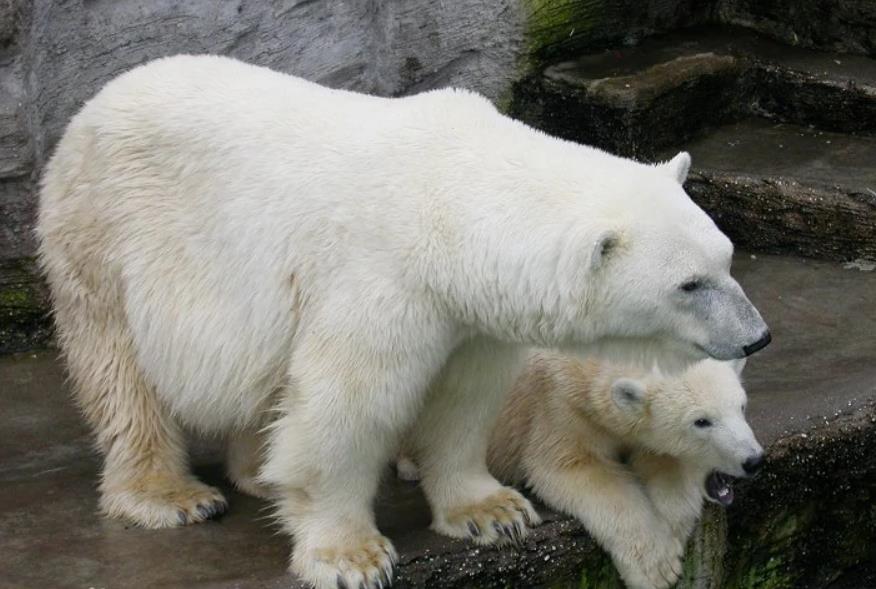
6、polar bear
The polar bear is the world's largest terrestrial carnivore, with a large and stocky body similar to the brown bear, but without the shoulder hump. The head is relatively smaller than that of other bears, with small, round ears and a slender neck. The skin is black and the hair is transparent so it usually looks white, but also has yellow and other colors. It is huge and ferocious. Each foot has five toes, the claws cannot be retracted, and the front paws are large and paddle-shaped, suitable for swimming and walking on thin ice. Polar bears are animals that can survive in harsh environments. They have an extremely sensitive sense of smell and can capture scents within a radius of 1 kilometer or 1 meter under ice and snow. Polar bears have two hunting strategies. Mainly used for still hunting. This involves finding a seal's breathing hole in the ice and then waiting for the seal to surface and kill it. Another technique is to swim through any channels or cracks in the ice until it's close enough to capture the seal. Polar bears are the top predators in the Arctic.
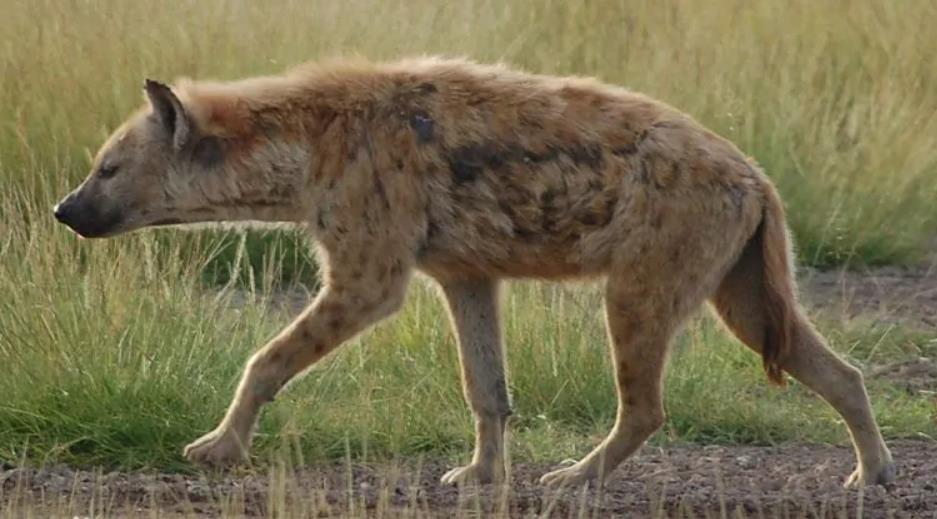
7、spotted hyena
Spotted hyenas are the second largest carnivore in Africa after lions. They usually move in groups, with about 80 animals in each group. They are dog-like in shape, with long necks, hind limbs shorter and weaker than forelimbs, a short body, and high and high shoulders. The hips are low; there are long hyenas on the midline of the back of the neck; they are ferocious and can prey on large and medium-sized herbivores such as zebras, wildebeests and gorals, and can compete with lions. It has extremely strong eating and digestion capabilities and can swallow 15 kilograms of prey with bones and bones at one time. Good at running, it can reach speeds of 40-50 kilometers per hour, with a maximum speed of 60 kilometers per hour. A spotted hyena can eat 14.5 kilograms of meat at a time, which is almost one-third of their body weight. This amount of food is extremely high among mammals.
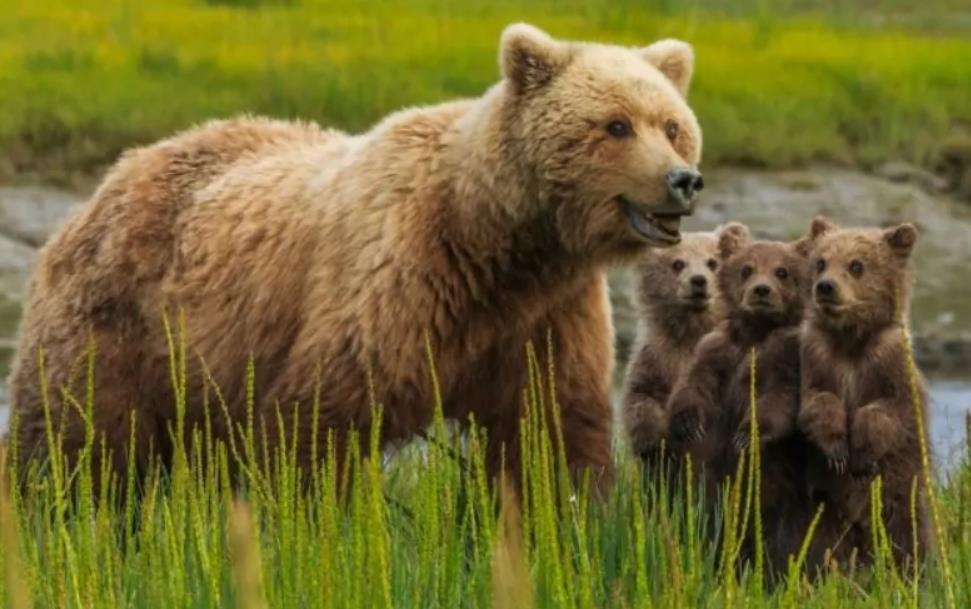
8、brown bear
The brown bear is one of the largest carnivorous mammals on land. It is large and round, with a strong body and bulging shoulders. The coat is thick and dense, the forearms are very powerful, and the tips of the front paws can be up to 15 cm long. Claws can wreak havoc. Brown bears are mainly active during the day and generally go out to look for food in the morning and dusk. Some individuals may be active at any time of the day. It has a solitary temperament and lives alone except during the breeding and child-rearing periods. Brown bears are very strong and have good stamina. They can kill a cow, outrun an Olympian, and drag a dead elk up a mountain in one fell swoop. Brown bears have an excellent sense of smell, seven times that of hounds, and they can see fish clearly in the water when fishing. Brown bears are quite aggressive animals, especially when it comes to protecting their territory and food.
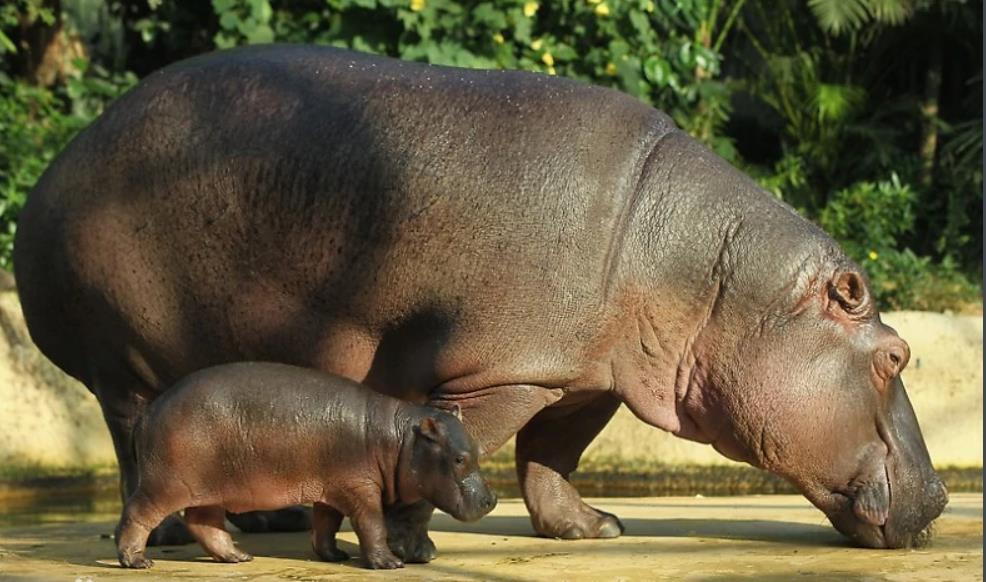
9、hippo
Hippopods are omnivorous freshwater species. It is huge, with a body length of 2-5 meters, a thick and round body, short limbs, four toes on its feet, a huge head, small eyes and ears, a particularly large mouth, a small tail, and huge lower canine teeth. Although the hippopotamus is large, it can It floats lightly in the water and can stay in the water for more than 5 minutes. Even the third largest animal on land can run at a speed of 40 kilometers per hour over short distances. Although hippos always stay in the water, they cannot swim and can only dive. When frightened, they generally avoid water. They spend most of their time in the water every day. When lurking underwater, they usually raise their heads above the water to breathe every 3 to 5 minutes, but they can lurk for about half an hour without coming out of the water to breathe. Hippos are usually quiet, but once they lose their temper, they often fight. Each hippo uses its sharp teeth to stab the other's thick skin. Sometimes when it gets angry in the river, it dares to overturn the boat and bite it into two pieces.
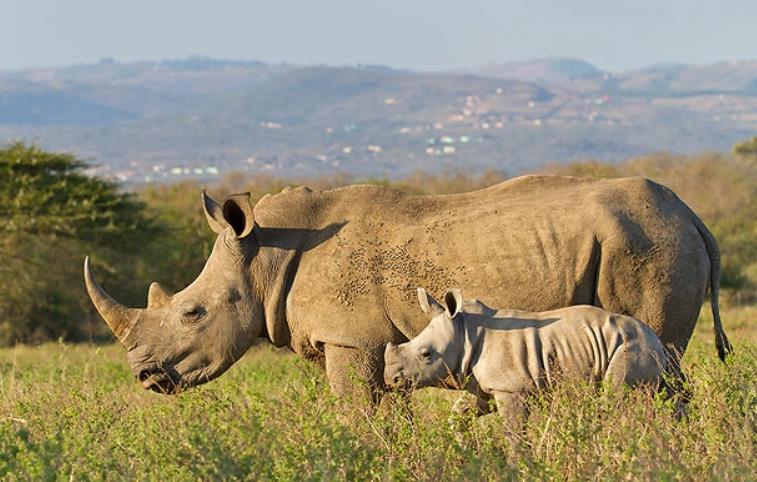
10、rhino
The rhinoceros is the largest odd-dactyl animal in the world. It is strong and tall, with a body length of about 8 meters and a height of 5 meters. Rhinoceros have short legs, fat and clumsy bodies, and are covered with thick, armor-like skin. They have single or double horns on their snouts, and a pair of small eyes on both sides of their heads. Although it is bulky, it can still walk or run at considerable speeds. African black rhinos can reach speeds of 45 kilometers per hour over short distances. Rhinos are slow-minded and have poor vision, but have keen senses of smell and hearing. Rhinos are herbivores.
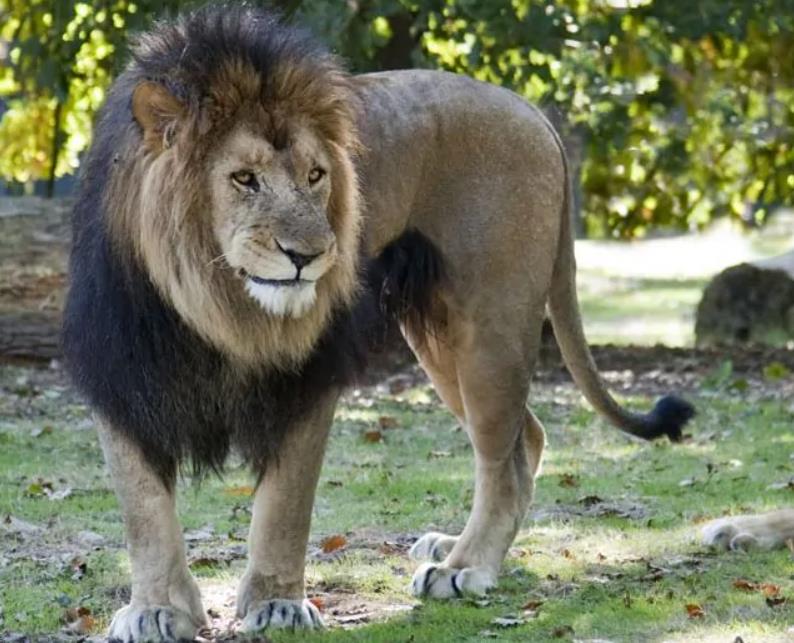
11、lion
Lions are the only dimorphic cat species in the world. Male lions have manes, but female lions do not. The lion is large in size, with a uniform body, medium-long limbs and digits. The head is large and round, the snout is short, and the senses of sight, hearing, and smell are all well developed. It is carnivorous and often hunts other warm-blooded animals in ambush. In a pride of lions, female lions are the main hunters. Lions prey on a wide range of prey, often hunting African buffalo, gazelles, and giraffes, but they are more willing to hunt medium-to-large ungulates, such as zebras, impalas, and other types of antelopes. Sometimes lions also try to hunt wild boars and ostriches.
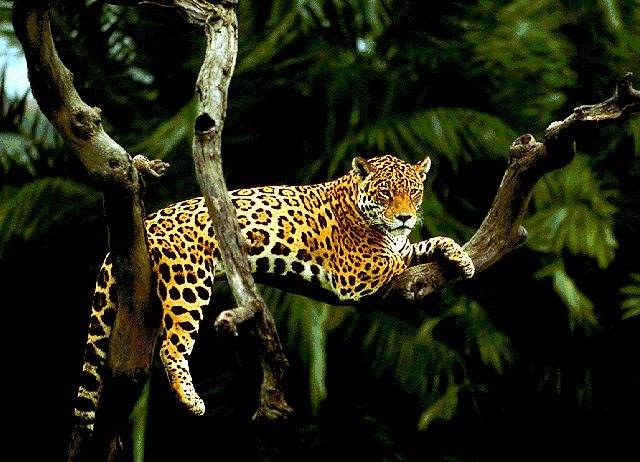
12、Jaguar
The jaguar's head is proportionally larger, the face is wider, the chest is thicker, the body is thicker, the muscles are plump, and the limbs are thick and short. The patterns on the body are beautiful, the black circular rings are larger, and there are usually one or several black spots in the rings. Because they are rings instead of stripes, they are easy to distinguish from tigers, but their rings are also It is significantly different from the smaller and hollow ring pattern of the leopard, and it is not difficult to distinguish when looking closely. They live in watery areas, and like tigers, they are cats that like to swim. Jaguars are solitary, dormant predators who are completely opportunistic in their choice of prey. They are apex predators and keystone species, playing a pivotal role in balancing ecosystems and regulating prey populations.
animal tags: Jaguar lion rhinoceros hippopotamus brown bear spotted hyena polar bear killer whale honey badger Siberian tiger sawfish African elephant
We created this article in conjunction with AI technology, then made sure it was fact-checked and edited by a Animals Top editor.